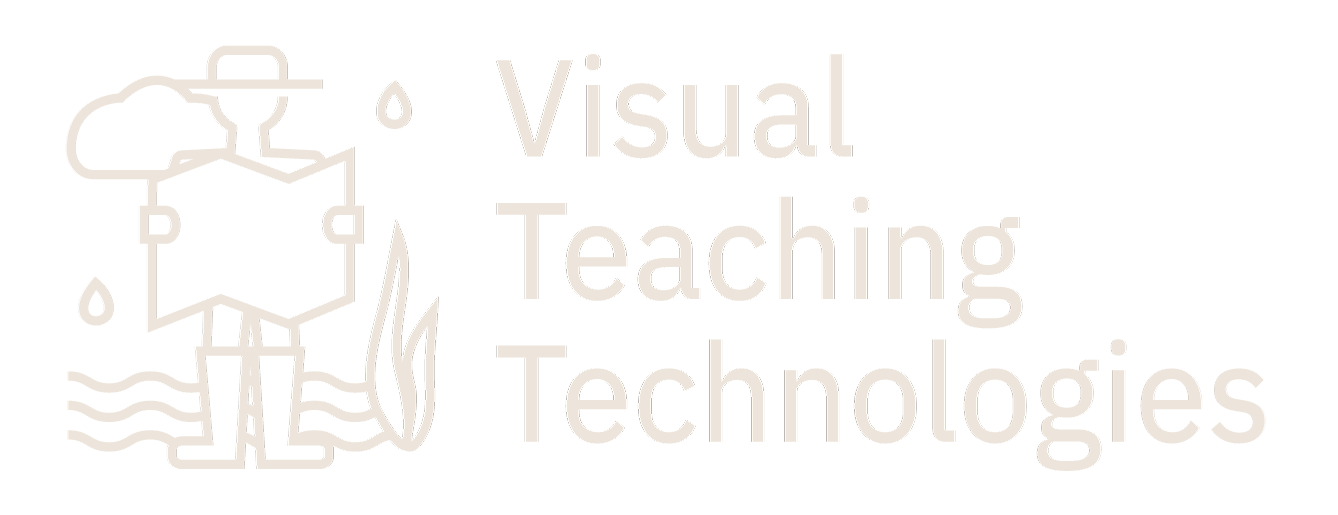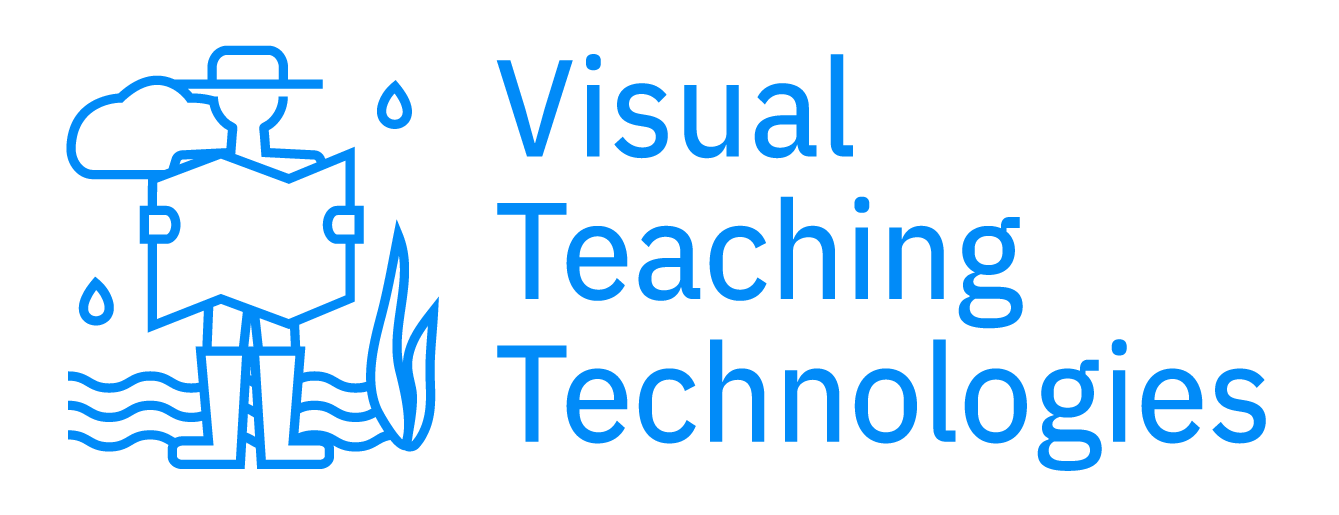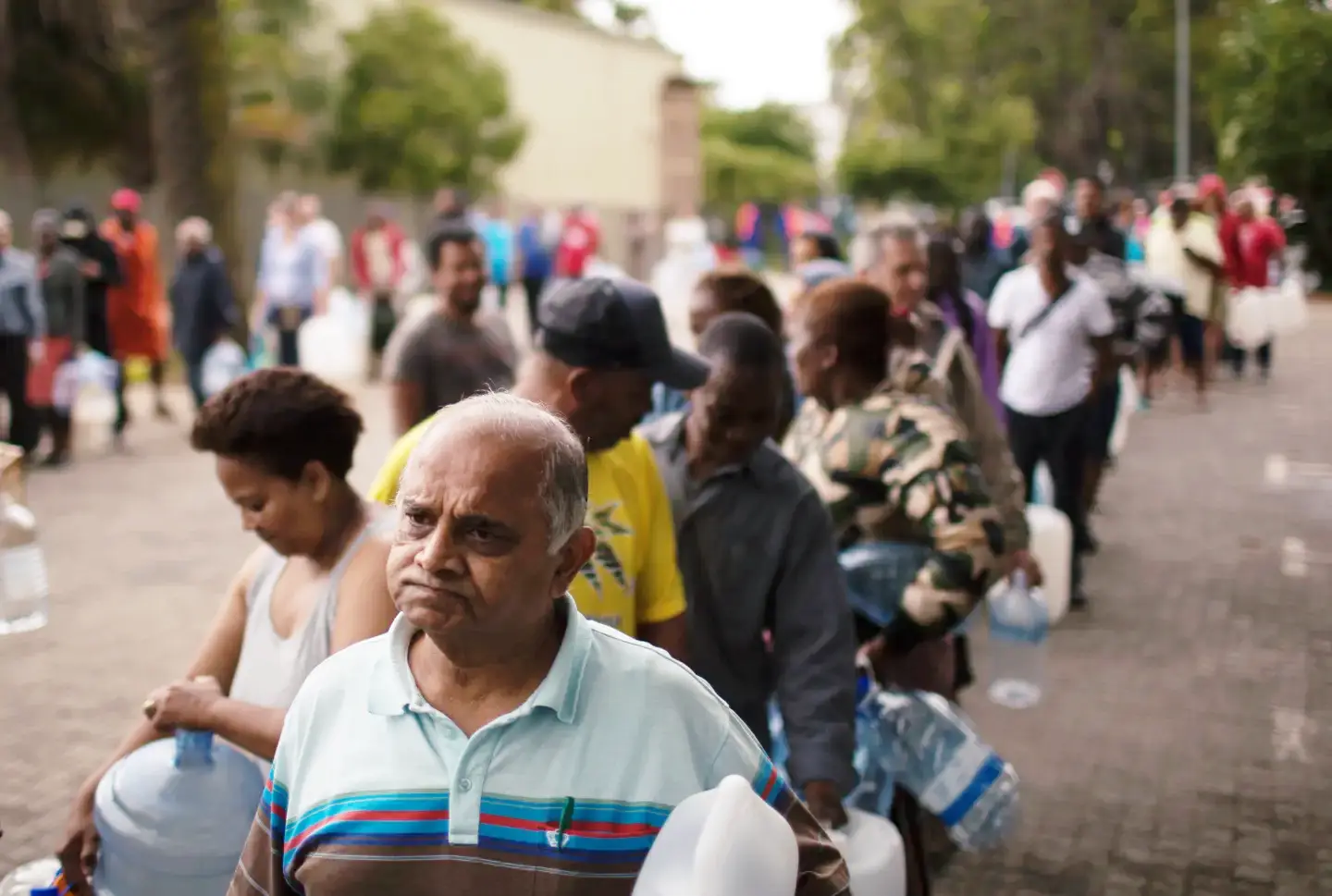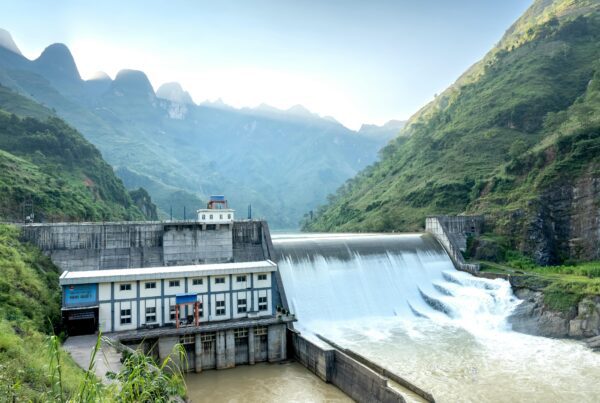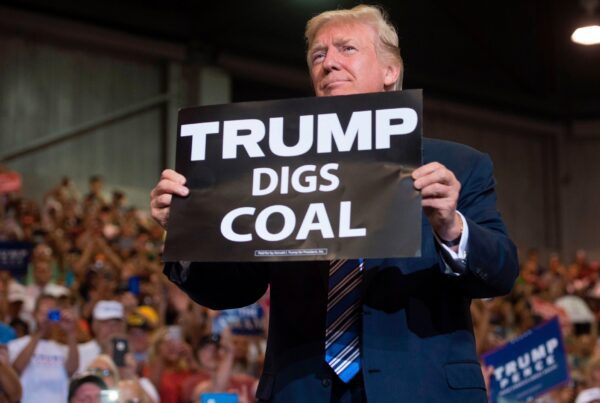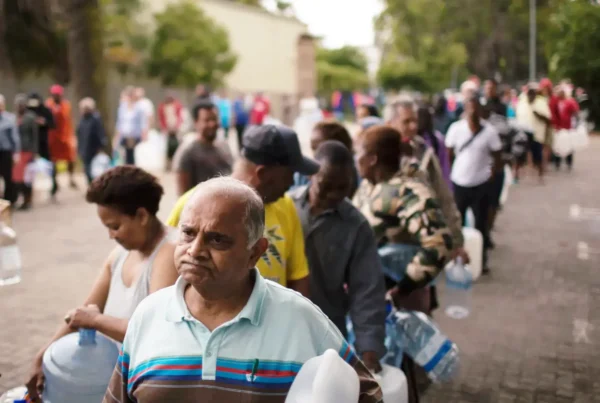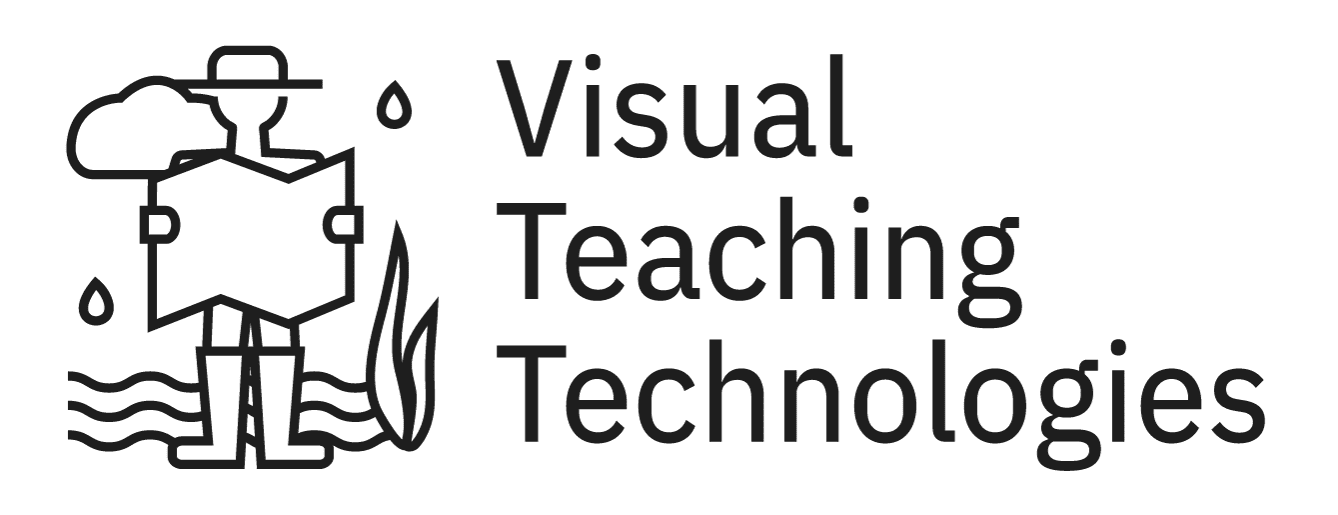Water is something we interact with everyday. Beyond being a basic necessity, water is used for nearly every process including agriculture, transportation, production, commerce and more. It takes water to create a plastic bottle and a cotton shirt.
While some of our interactions are controlled, many–such as flooding, drought, hurricanes, landslides and more–are not. Water is a significant natural force, and as the climate changes, this force is becoming more and more unpredictable.
We are in the climate crisis and among the impacts we are facing is water scarcity. Some communities are experiencing these impacts now and some have yet to encounter the consequences.
Nevertheless, this is a global issue, which needs to be addressed. The reach of water scarcity reaches far beyond the obvious, impacting social, economic, and political systems.
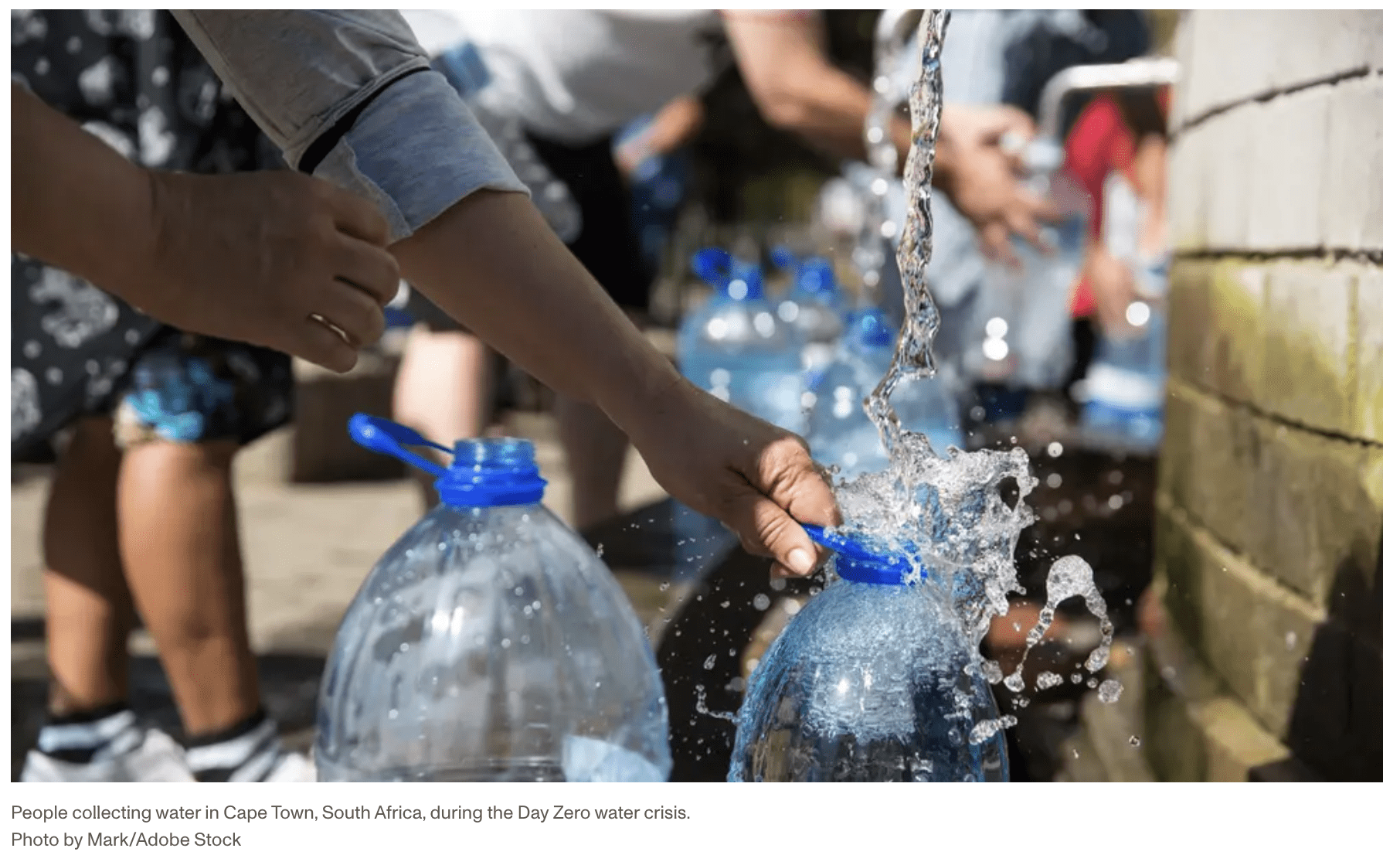
The consequences of poor climate choices and planning are closer than many think. In Cape Town, South Africa, it was a shock to find out that the city was extremely close to ‘day zero’.
Day Zero’ is the term that describes the day–expected to be May 11, 2018–when the city of approximately 4 million would run out of water forcing the government to turn off taps to most homes and businesses and requiring people line up at communal water points to collect their daily allotments.
The water crisis in Cape Town was a result of a combination of drought, climate change, and population growth. While the people of Cape Town had been warned months before of ‘Day Zero’ approaching, it wasn’t until it was within sight that significant changes were made.
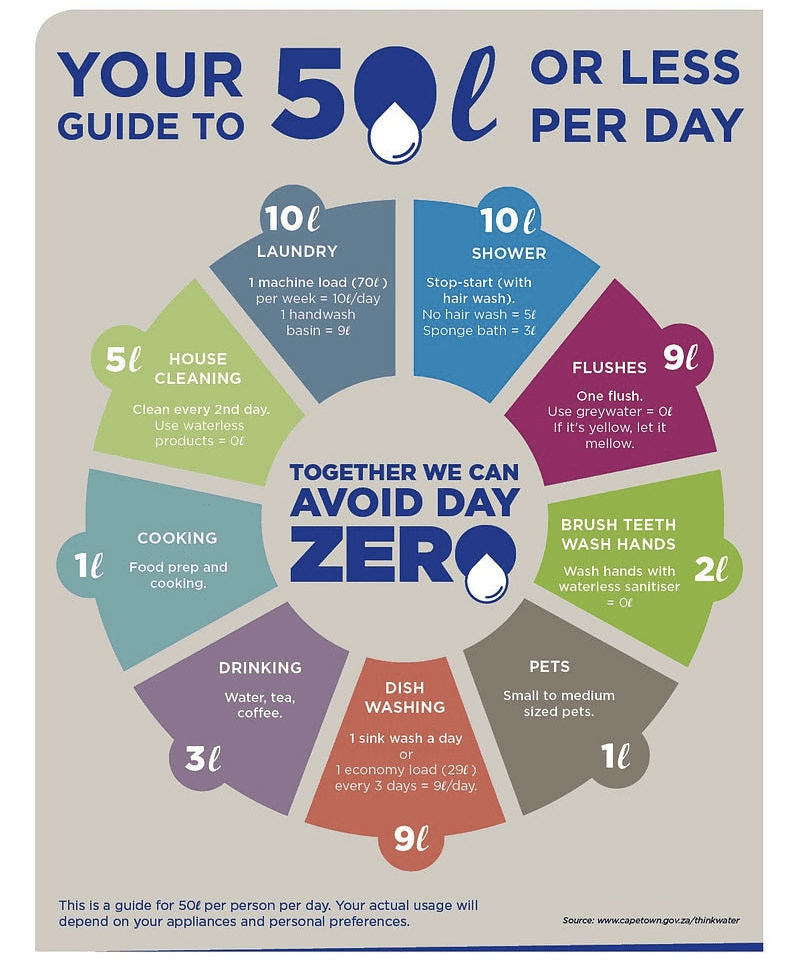
‘Day Zero’ was narrowly avoided through water awareness, repaired infrastructure and the installation of desalination plants. These actions could have been put into place much earlier, but the lack of perceived urgency and general awareness of water usage blocked productive action.
The impacts of the water crisis spread into poverty, public health, and businesses. Water shortages often result in inflation, increased food prices, and job losses.
In Cape Town in 2018 it was estimated that nearly 300 thousand jobs in agriculture and tens of thousands of jobs in service, hospitality, and the food sector were at risk.
Water awareness is not emphasized in many countries, leaving people uninformed about how water is used and where it goes. Climate change denial and misinformation play a significant role in preventing the urgency of the crisis from being known.
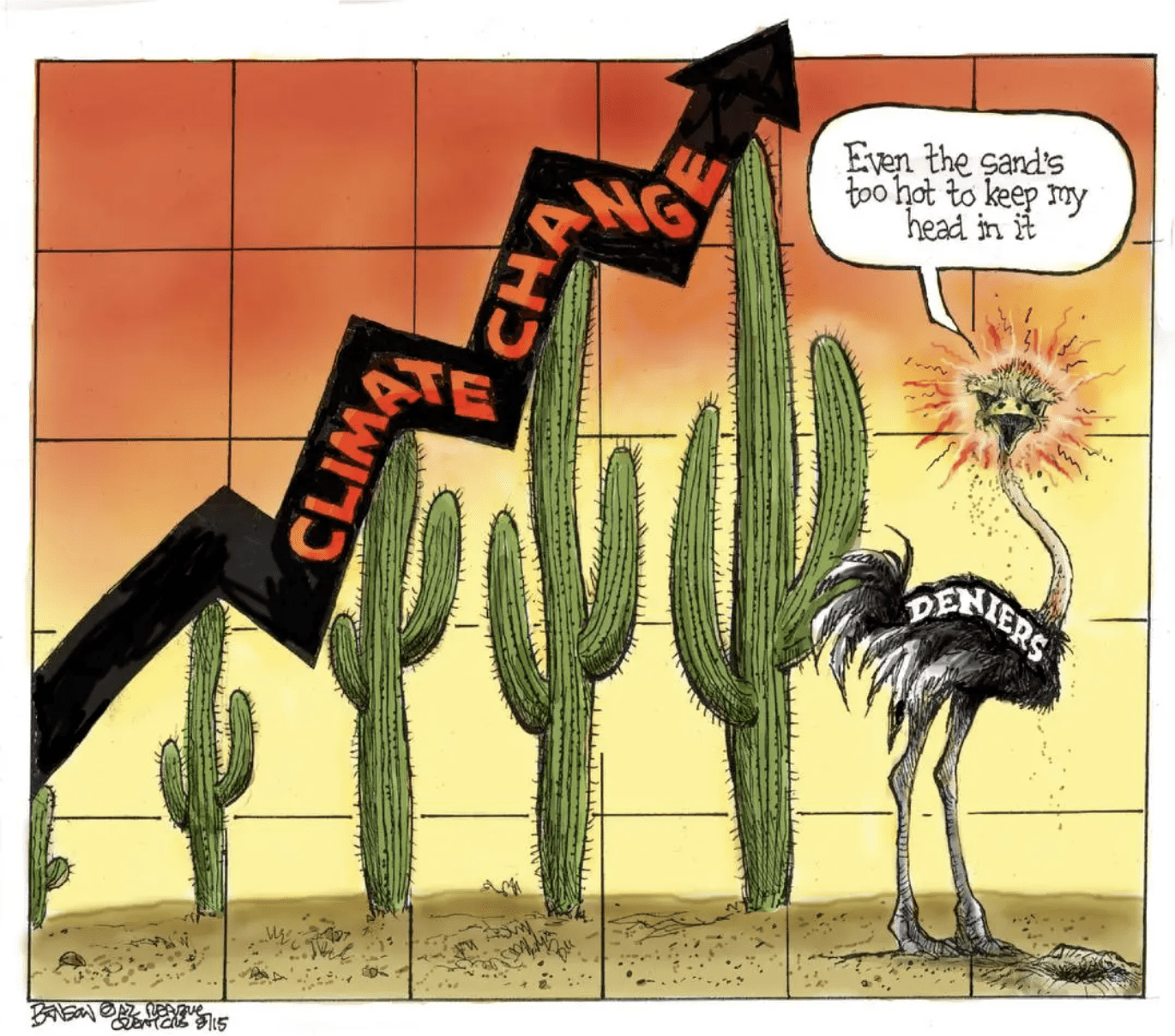
Of the water on the planet, 97% is salt water, 2% is frozen freshwater, and 1% is usable liquid freshwater. 70% of our fresh water usage goes to agriculture and another 22% is used for industry, leaving 8% for personal use. The distribution of the water left for personal use is heavily uneven, impacting the least developed countries the most.
According to the World Resources Institute, around 4 billion people live under water stressed conditions for at least one month a year. That is essentially 50% of the global population.
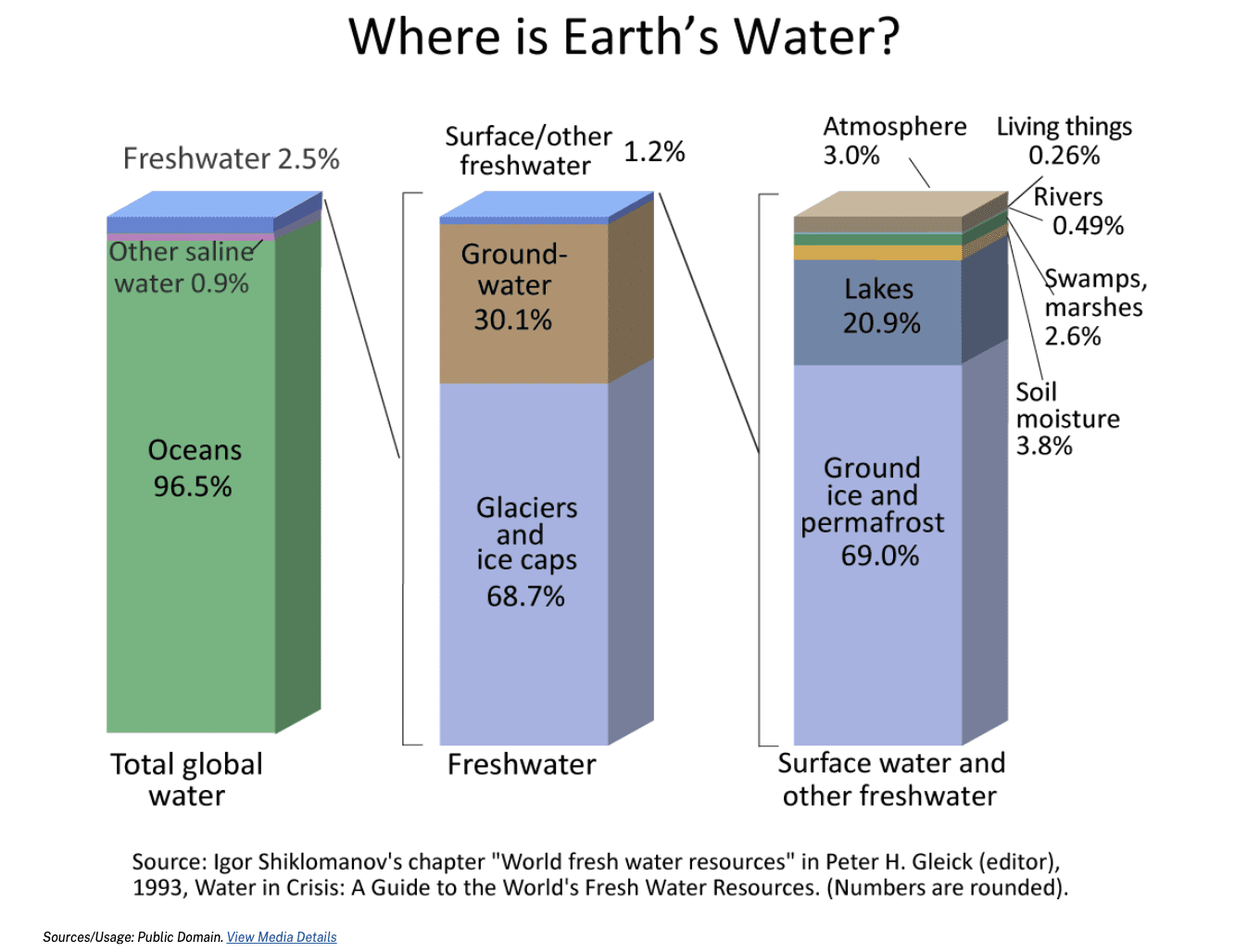
"
Just as the melting point of ice cannot be negotiated, neither can the need for water.
There are multiple factors influencing water stress; the main ones including climate, pollution, and infrastructure.
On a large scale, climate affects the distribution of water. Arid regions with little rainfall are the most quickly impacted by changes in water patterns and in water consumption.
Pollution is another significant hindrance to safe water access, often contaminating water with untreated sewage and industrial runoff. Distribution of water from place to place requires infrastructure.
Sealed pipes reduce leaks and pollution, but these can be expensive to set up. In Cape Town, a leading factor in the city’s water crisis, was the lack of infrastructure growth to match the population. Water released from dams, which had been able to support the population’s water needs, was no longer enough moving the city towards ‘day zero’.
There are many adjustments that can be made on a global scale which can reduce unnecessary water usage.
One relevant example would be to adjust water usage in agricultural fields through growing crops where they are naturally suited. Alfalfa is a legume crop, which dries into a high-protein hay, and there is high demand for alfalfa to feed livestock.
While this crop is quite profitable to farmers, it is also one of the most water intensive crops often being grown in dry regions. In the US, alfalfa is mainly grown in the Imperial Valley of Southern California with water from the Colorado River.
The Colorado River Basin extends from the continental divide to the Sea of Cortez (Gulf of California). Its strong, flowing water powers cities and shapes, among others, the Grand Canyon.
Today, however, the river’s water struggles to reach its delta. Around 80% of the river is used for agriculture and roughly 30% of the river is used specifically for alfalfa and other water grown grasses.
In this water-stressed region, allocation of water along with uncertainty towards the future has created tensions among stakeholders. In many agricultural and industrial processes, the value of water is not apparent in the cost. This lack of water awareness contributes to unsustainable water practices by consumers and businesses.
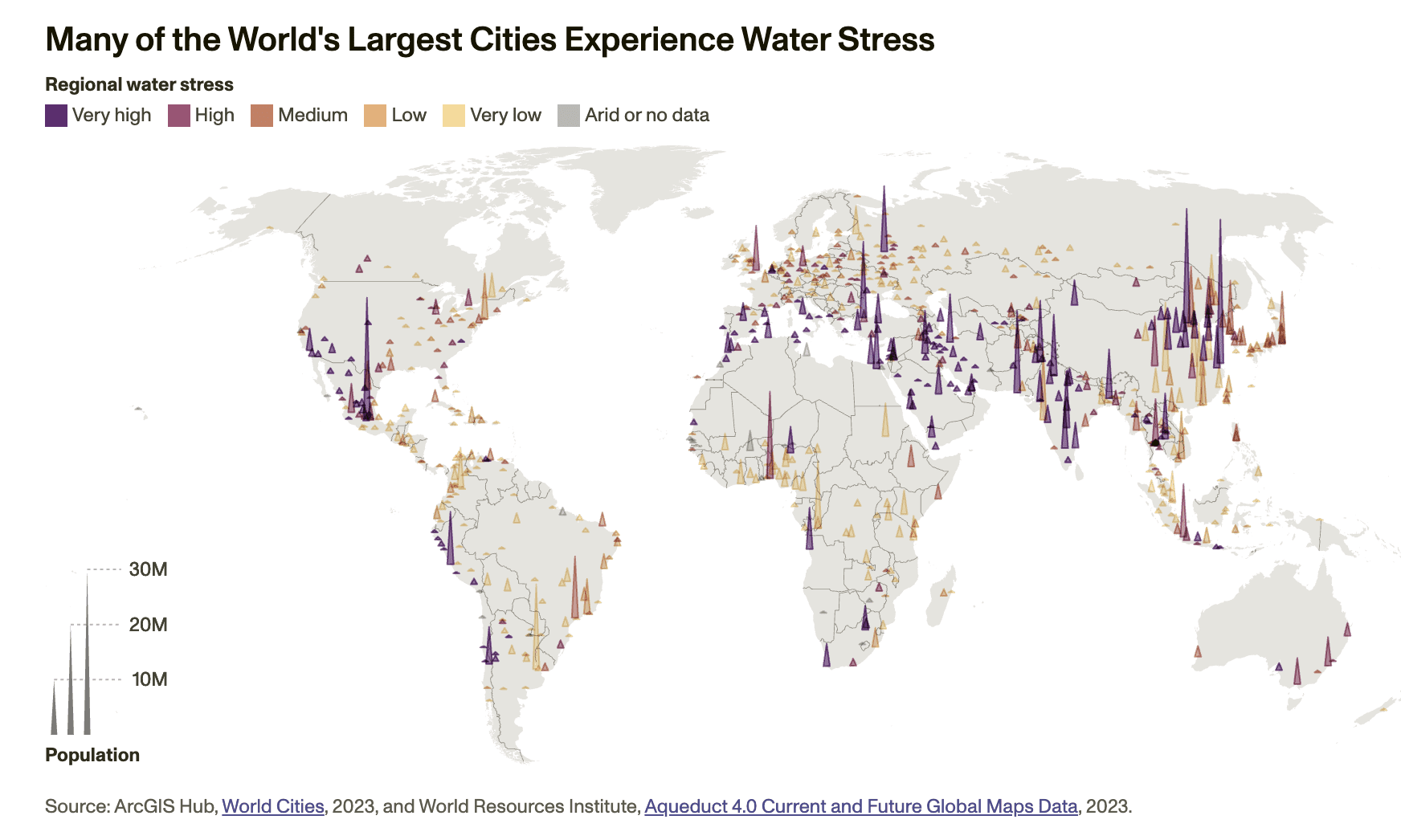
In 2010, the UN recognized access to clean water and sanitation to be a human right, and in 2015 this became Goal 6 of the 17 Sustainable Development Goals. The aim of this goal is water security, a society’s capacity to have enough water of sufficient quality for survival and to carry out different productive activities.
There are a number of initiatives around the world to address this issue focusing on water awareness, infrastructure, improved water management, and climate informed decision making and more. However, this issue is severe and requires committed collective action from the community level up to an international scale.
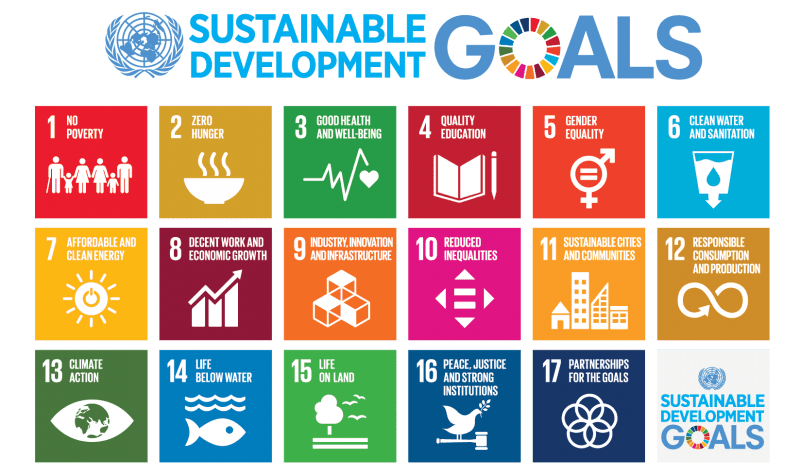
The UN Sustainable Development Goals. Source: United Nations.
The issue of water insecurity is becoming more apparent as the consequences of unsustainable use have hit some and are looming over others. The general lack of global water awareness and denial of the water crisis are a huge impediment to any advancement towards addressing this issue and along with the numerous social, political, and economic repercussions.
Just as the melting point of ice cannot be negotiated, neither can the need for water.
Cover Photo: Residents of Cape Town, South Africa, wait in line to fill containers with water at a source for natural spring water on February 2, 2018. The drought-stricken megacity introduced new water restrictions in an attempt to avoid what it calls “Day Zero,” a day in May when it might have to turn off most taps. Source: AP Photo/Bram Janssen.
